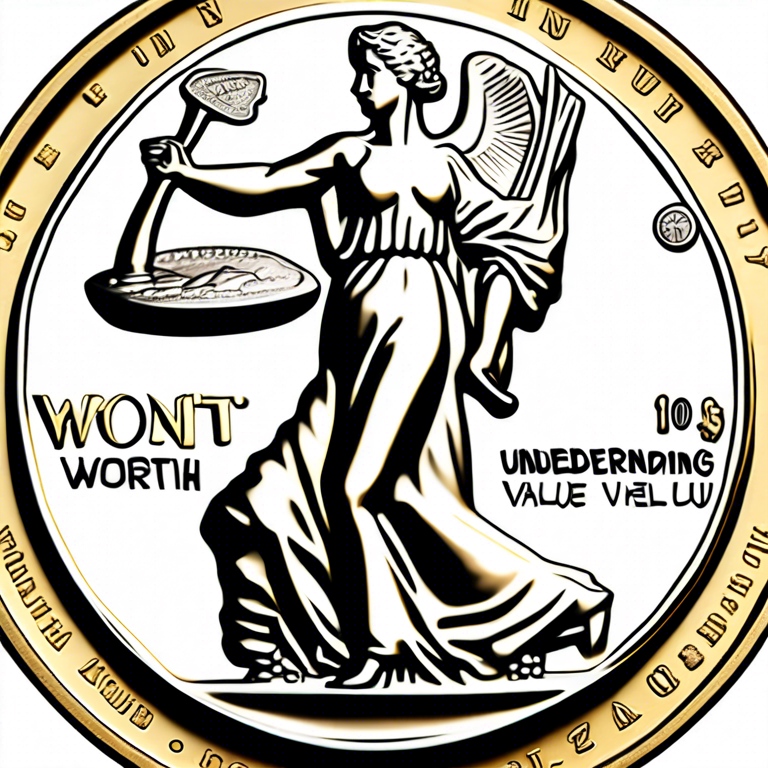In the fascinating world of numismatics, the value ascribed to different coins transcends mere currency, embracing history, rarity, and condition. Discovering the worth of coin figures entails a journey through mint marks, production years, and the stories they carry. This exploration offers insights into how enthusiasts and collectors evaluate these treasures, focusing on why some coins are deemed more precious than others.

Introduction to Coin Collecting
Coin collecting, or numismatics, is more than just accumulating pieces of metal. It’s an insightful hobby that bridges past and present, offering a tangible connection to the historical events, economic shifts, and cultural milestones that have shaped societies. Whether you are mesmerized by ancient coins or more contemporary limited-edition currencies, understanding the factors that contribute to a coin’s value is paramount.
Key Factors in Coin Valuation
Several elements play a crucial role in determining the value of a coin, ranging from its historical significance to its physical condition. Rarity is often a primary driver of value; coins that are fewer in number naturally command higher prices among collectors. The condition or grade of a coin, referring to the level of preservation and absence of damage, also significantly influences its worth. Additionally, unique features such as error coins or those with minting anomalies can enhance a coin’s value. Historical significance and the metal content, especially in coins comprising precious metals like gold or silver, further contribute to their appraisal.
Rarity and Demand
The principle of rarity and demand is straightforward: the fewer coins available and the higher the interest among collectors, the greater the coin’s potential value. Coins that were minted in limited quantities or ones that have become scarce due to various circumstances often find themselves at the pinnacle of collector’s lists.
Condition and Preservation
A coin’s condition is assessed through a grading system, which ranges from poor (barely identifiable) to uncirculated (no signs of wear). Coins in superior condition, especially those that have not circulated and show no signs of wear (labeled as “mint condition”
), are particularly prized by collectors. This emphasis on condition highlights the importance of careful handling and storage by collectors.
Understanding Mint Marks and Editions
A coin’s mint mark, indicating where it was produced, can significantly affect its value. Certain mint locations are historically significant or may have produced fewer coins, making coins from these mints more sought after. Special editions, such as commemorative coins or proof sets, can also have substantial value due to their unique designs, limited runs, or particular historical importance.
Market Trends and Collector Interest
The value of coins can fluctuate based on market dynamics and collector interest, influenced by factors like socio-political events, new findings in shipwrecks or hoards, and changing collector tastes. Staying informed about market trends and being connected to the numismatic community through clubs, forums, and auctions can provide valuable insights into the ever-evolving worth of coin figures.
The realm of coin collecting is rich and multifaceted, with the value of a coin embodying more than its initial face value. Whether driven by rarity, condition, historical importance, or collector demand, understanding the nuances of coin figure value can enhance the collector’s experience, offering a rewarding exploration into the past and the intricate stories that coins tell. As we delve into this world, we appreciate not only the worth of these numismatic pieces but also the historical tapestry they represent.


